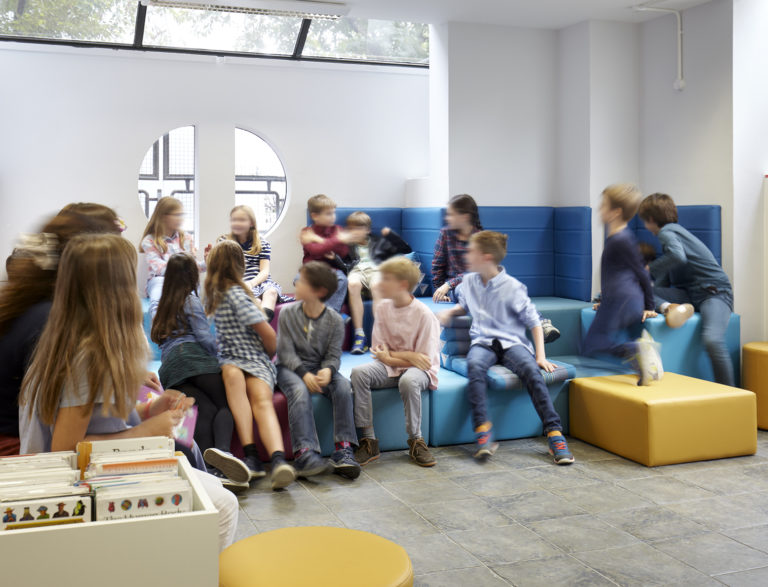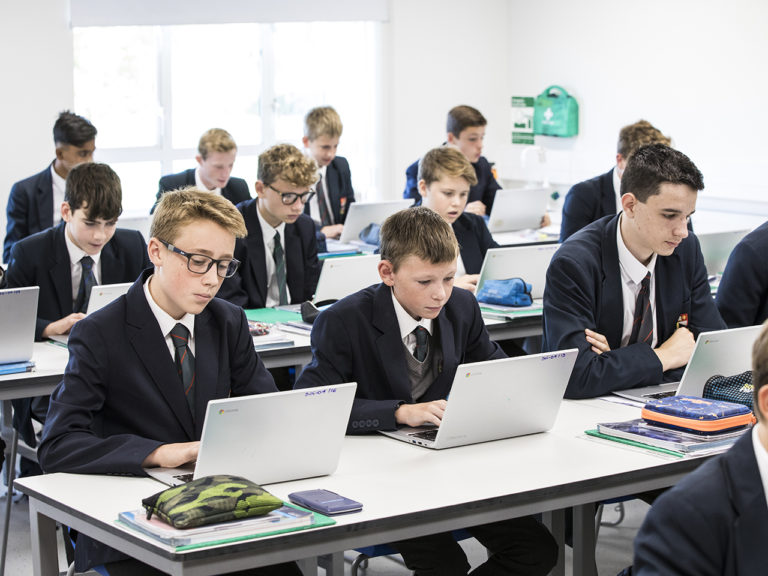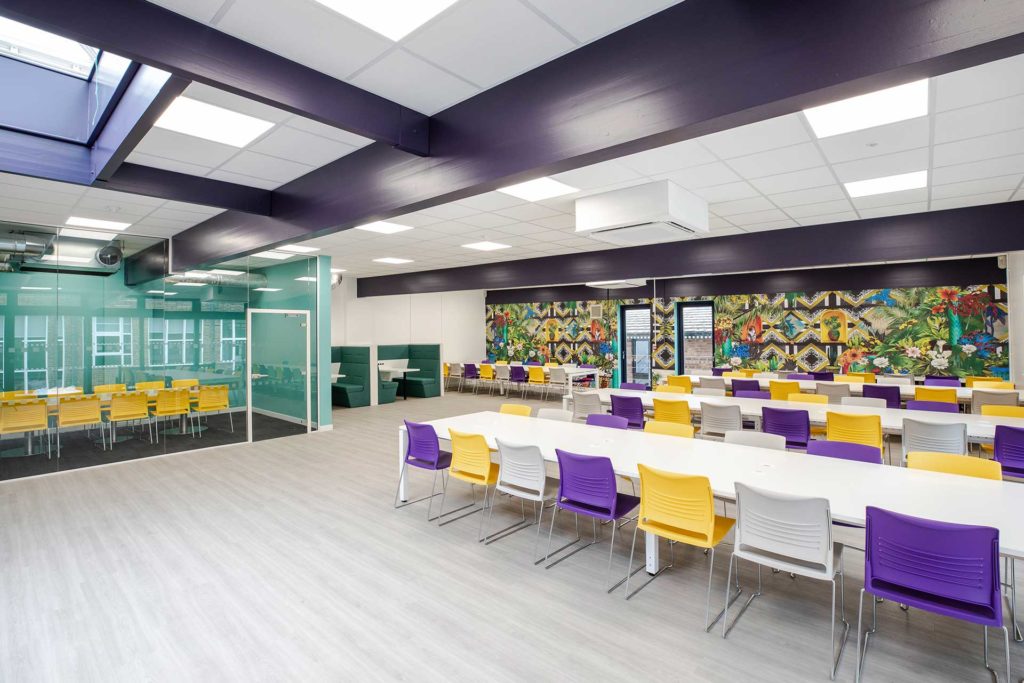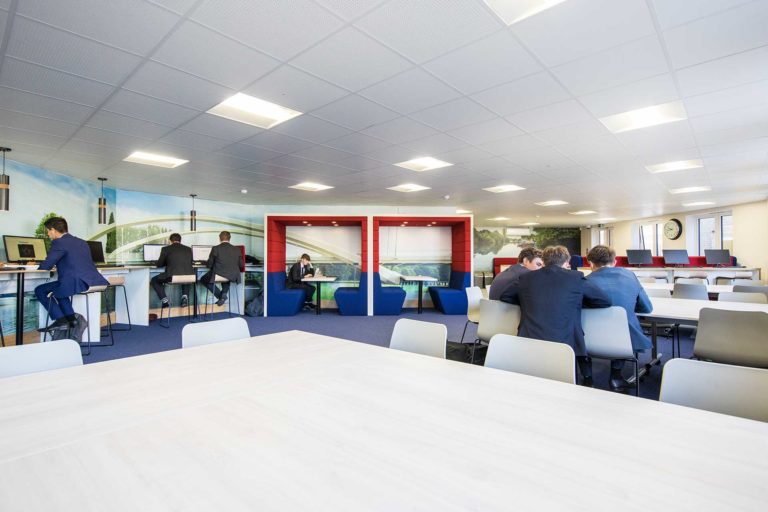What is the ‘New Normal’?
Definition: ‘a previously unfamiliar situation that has become standard’
During the pandemic and lockdown, much of what had been previously taught in schools was forgotten as parents and children struggled for the first time to adapt to months without attending classes, seeing friends and having their movements restricted. Many schools could not change in time as they were closed with relatively short notice; creative and tenacious school leaders responded with resilience and perseverance to these challenges in logistics management but only schools that already used a wide range of technology as standard could seamlessly blend into this newly discovered environment. However, not all learning centres were as fortunate or showed such prescient planning.
What issues have schools faced?
Primary and secondary students’ progress was dependent on very differing factors.
For primary schools the confidence of their care givers in the subject was key; if parents were strong readers, for example, this really helped their children in deciphering words.

What all these issues have created in children of all ages – although we will not know the long term effects for many months or years to come – are delays in fine motor skills with noticeable gaps in subjects like Reading, Writing and in practical skills lessons such as in Physical Education and Science.






